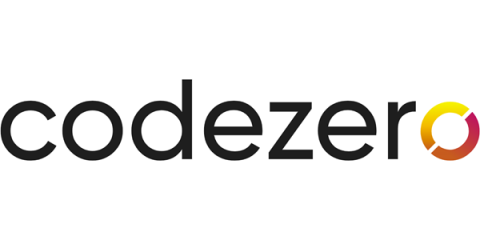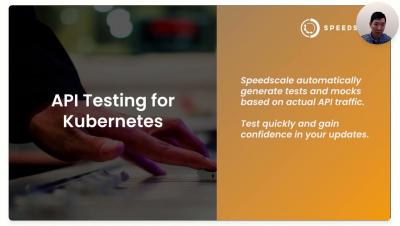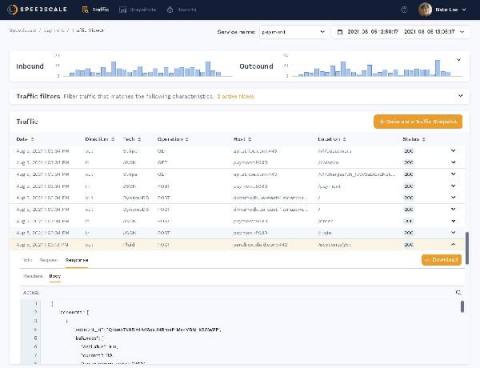Systems | Development | Analytics | API | Testing
Containers
Deploying Hybrid Kong API Gateway with EKS Anywhere
Modern microservices-based architectures require companies to change not just the way they build applications but also how to deploy them. Basically, the new microservices foundation should be based on two main pillars: hybrid deployments and Kubernetes orchestrator. With the complete separation of the control plane (CP) and data plane (DP), Kong Gateway fully supports hybrid deployments.
Announcing CodeZero General Availability
At CodeZero, we believe that modern DevOps practices are key to unlocking the full value of Cloud Native Computing. “Halyard” is a new approach to Developing, Deploying and Managing containerized applications that run in any Kubernetes environment. With v 1.1.0 of Halyard, CodeZero delivers the following features to developers.
Intellyx Brain Candy Brief
Speedscale is seeking to cut time and errors out of the Kubernetes and container delivery pipeline with their ability to discover API connections, automatically generate tests and data, replay traffic, and spin up realistic lab environments and reports within the tight time windows of cloud-native development.
8 Cloud Cost Optimization Tactics for Kubernetes
8 Cloud Cost Optimization Tactics for Kubernetes
If you’ve ever gotten sticker shock after receiving a surprisingly large cloud bill, this might have been your reaction… I think we’ve all been there. While the cloud makes flexible scaling possible, it has also introduced many new services one can use, resulting in increased cloud costs. In this article, I’ll go over the eight ways you can reduce your Kubernetes cloud costs. I use Amazon Web Services (AWS) as an example, but the lessons can also apply to other cloud providers.
API for Beginners - Frequently Asked Questions
Are you looking to benefit from automation but lack the experience to leverage an API? To equip you with the tools you need to start utilizing APIs and automation, we’ve put together these helpful Beginner FAQs covering common terminology, methods, and tools for testing APIs.
Monitoring your k6 load test: how to install Grafana and Prometheus on a Kubernetes cluster
Speedscale Announces New Software Release: Traffic Viewer for API Visibility in Kubernetes Clusters
We are excited to announce a new global release of our software with unique API visibility features to help organizations discover problems with their cloud services well before they impact customers in production.











